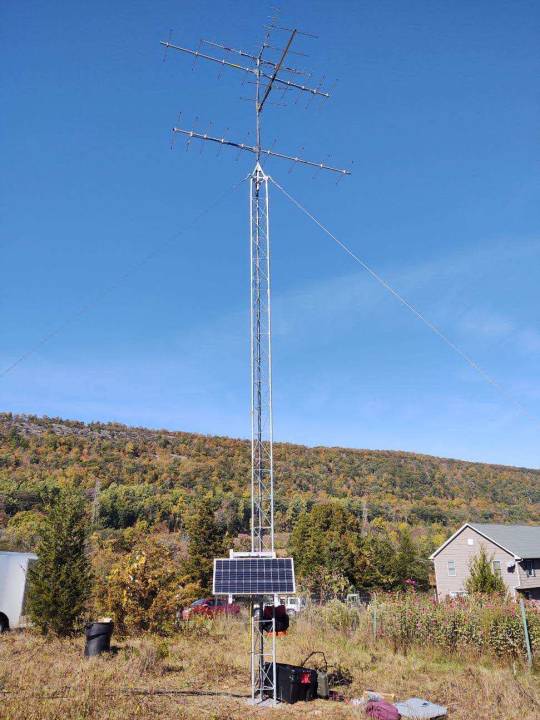
Powdermill Nature Reserve researchers are using radio technology to track songbirds marked with grain-of-rice-sized nanotags as they migrate North and South through our region each year. Tracking these birds requires a network of automated radio receiving stations, termed Motus stations, tuned to listen for nanotags affixed to the birds under study as they fly by. Motus is Latin for movement. The name serves to acknowledge the importance of tracking animal movement in ecological studies. The same Motus stations that track songbirds also track nano tagged bats, butterflies, or dragonflies.
Over 100 of these Motus Stations have been installed in the Northeast US with over 30 in Western Pennsylvania alone. These stations have tracked songbirds as they travel from Canada to Central and South America, providing critical data for researchers to make discoveries about migratory behavior, stop over site importance, and impacts of weather events on migration of birds, bats, and insects.
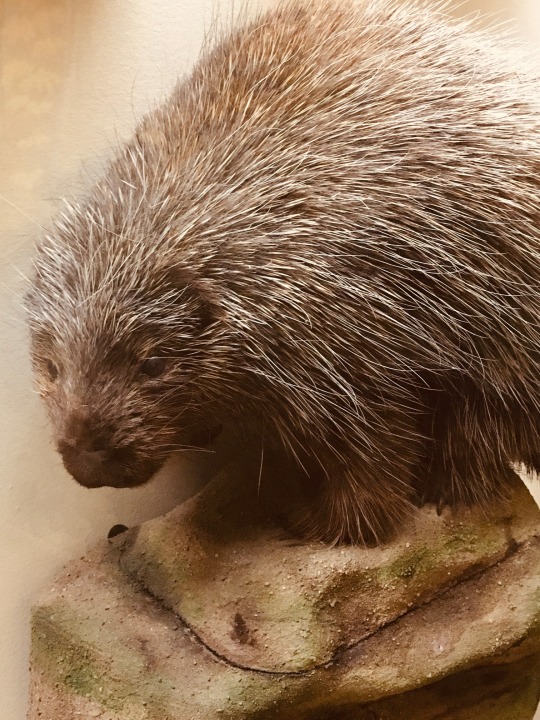
Maintaining these stations often requires fixing issues related to wind, snow, or ice, but one station on a State Game Land here in Western PA has been regularly decommissioned by porcupines! The local porcupines detect salt in the metals used to construct the station and can’t help but chew through all manner of equipment. On three recent occasions, destroyed equipment had to be replaced after the porcupines chewed through plastic boxes, flexible metal tubing, steel turnbuckles, aluminum informational signs, solar panels, coaxial cabling, and even the steel tower itself!
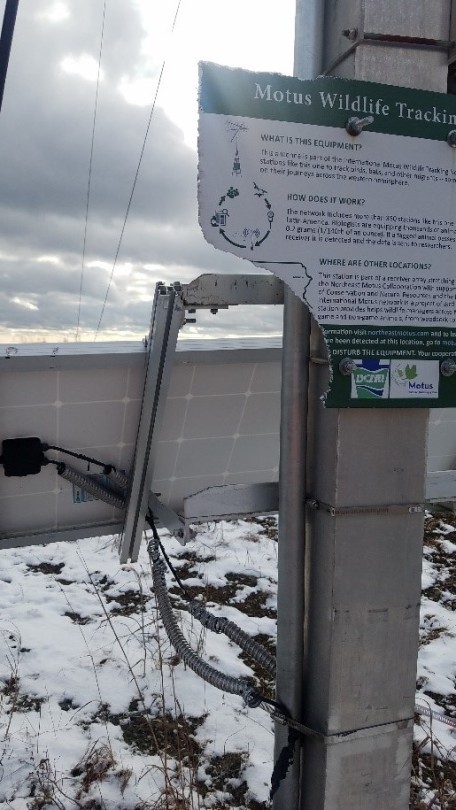
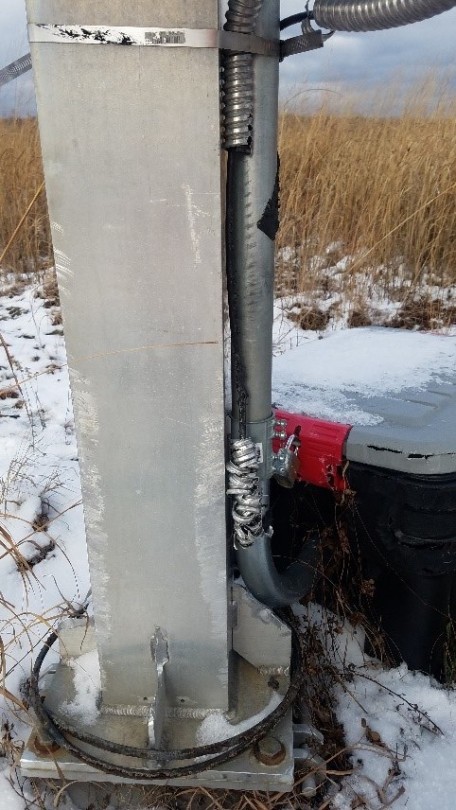
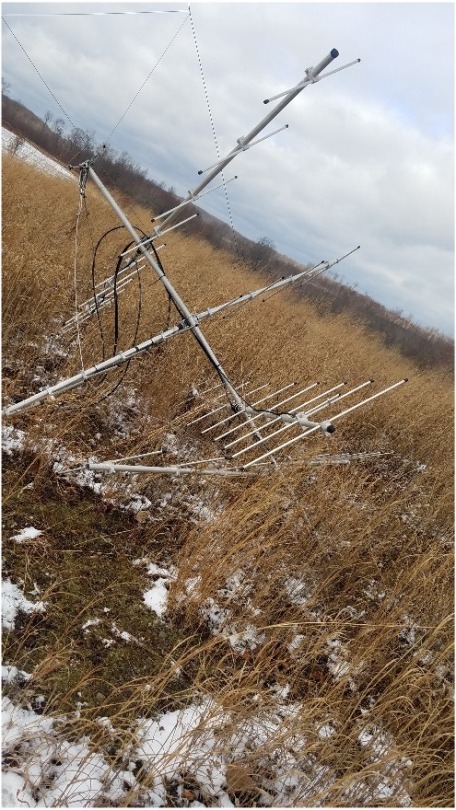
Plans have been made to tear down the station and rebuild it to be “porky proof.” To do this a different structure will be used to hold the equipment well off the ground, and anti-climb baffles will be attached to keep the porcupines from getting to the equipment.
Jon Rice is the Urban Bird Conservation Coordinator at Carnegie Museum of Natural History’s Powdermill Nature Reserve. Museum employees are encouraged to blog about their unique experiences and knowledge gained from working at the museum.
Related Content
Bird Safe Glass Installed at Carnegie Museums
